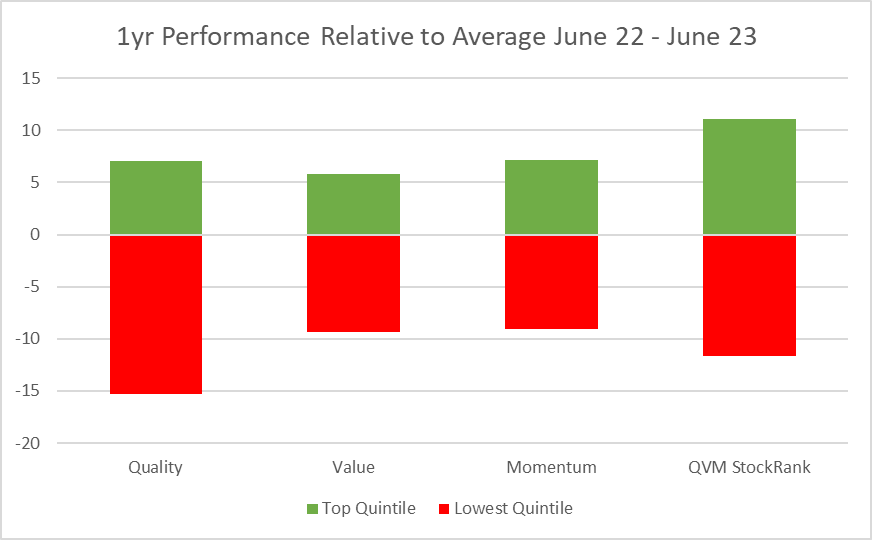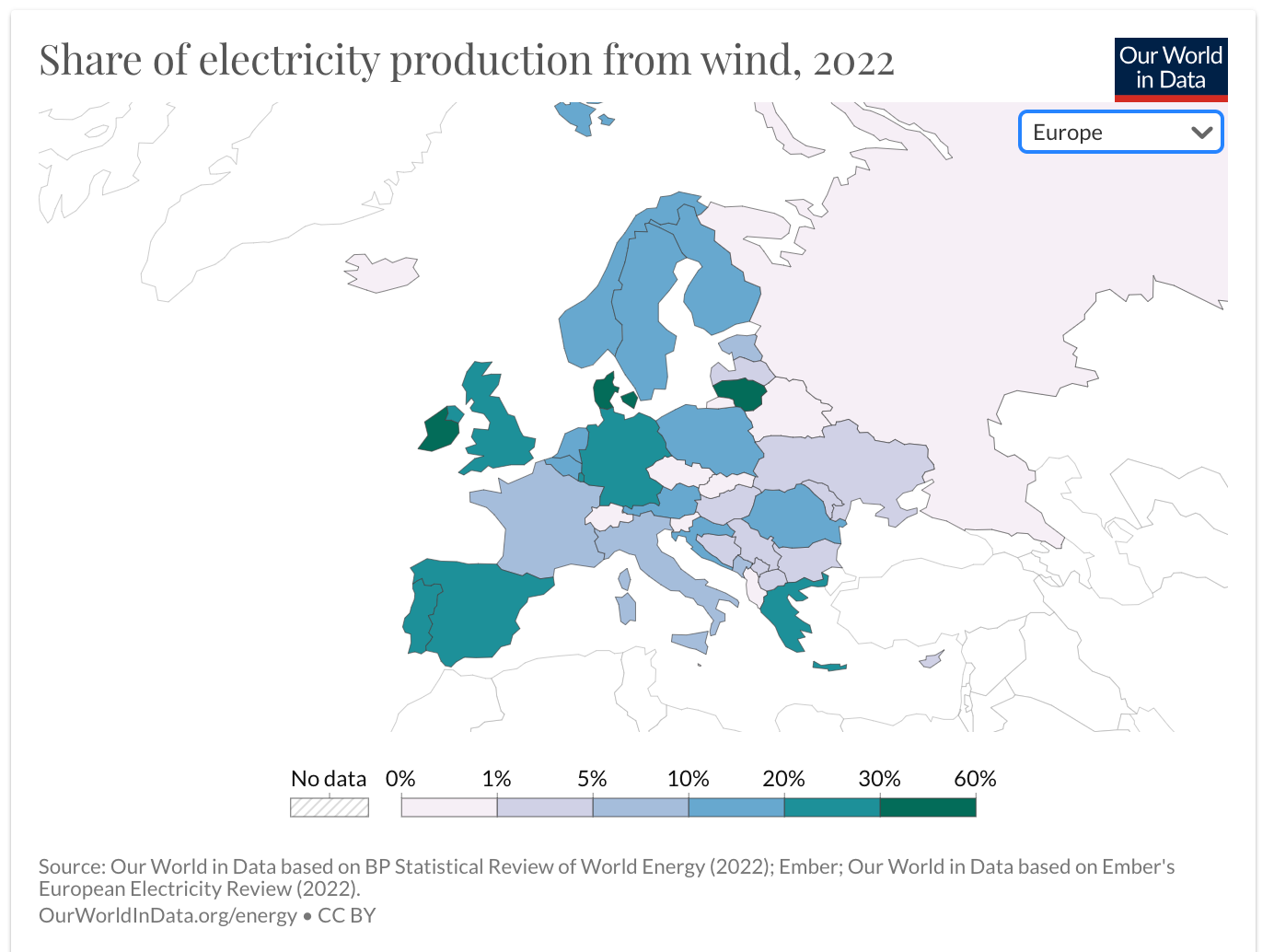We now come to the last of eight articles in our series on “The Strategy Map”, to explore an approach that sits at the centre of it all. Before I get started, I want to say that I’m in awe of the private investor community. When everyone seems to know more than you about every stock out there, it’s easy to feel intimidated. There are brilliant minds on Twitter, brilliant minds in Stockopedia’s community, an industry of armchair and professional analysts poring over every company’s every move. How can you possibly find a stock picking edge?
You can, of course, outwork everyone, but it often seems like an exhausting endeavour. You could piggy-back on other’s ideas, but the shallowness of your own research can niggle and worry. The time-poor investor, with a desire to DIY, faces a conundrum. How can you run a successful portfolio without becoming a full-time analyst?
The answer lies in knowing the “base rates” of what pays off and why in the stock market. In this article we’ll be exploring how the stock market really works, why it rewards quality, value and momentum stocks (Q+V+M = QVM) and how you can construct a portfolio to harvest their rewards.
At the heart of this lie a few ideas that upend conventional thinking. Will you stay with the blue pill of ordinary reality, or take the red pill and follow me down the rabbit hole?
Is this right for you?
The kinds of stocks that qualify for a QVM approach are often rather dull, even if their returns can be anything but. As this strategy blends the best of quality, value and momentum, the kinds of stocks listed are varied. But as some lie at extremes, they can generate a range of psychological reactions:
- Quality - good stocks are often rather dull. It’s controversial perhaps, but most novice stock pickers want exciting stories. You don’t always find excitement in steadily profitable companies. Can you really say no to the glamorous story stocks that all your friends are convinced will triple their money in bull markets?
- Value - cheap stocks come with problems - they may be cheap for a reason. Stumbling profits, competitive issues, staff issues, sector obsolescence you name it. Can you really swallow a frog?
- Momentum - strong stocks come with high prices - nobody likes buying stocks at highs. We’re programmed to do…












